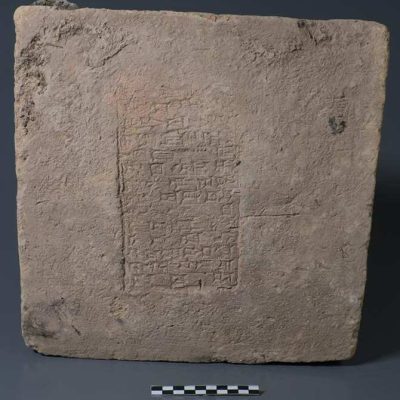In a surprising discovery, workers in an English quarry located over 300 meters from the sea have uncovered a shipwreck from the Elizabethan era. The 16th and 17th centuries were a time of great naval battles and maritime trade in Europe, leading to the development of new shipbuilding technologies and vessel types. The workers notified archaeologists from Wessex Archaeology and Historic England, who examined the wreck found in the sediment of a quarry in Kent, rather than the usual location of river or sea beds. The discovery consists mainly of the wooden hull of the shipwreck, with around 100 large oak planks still well-preserved. Dendrochronological analysis indicates that the wood was harvested between 1558 and 1580, suggesting that the ship was built during the Elizabethan era, a time when maritime trade was crucial to England’s prosperity and power.
According to Andrea Hamel, the shipwreck could reveal much about this era, which has few surviving records of shipbuilding. The ship was built using the carvel technique, which is different from the clinker technique used by Viking boats. In the clinker technique, ship planks are overlapped and directly connected, while in the carvel technique, which was still new in Northern Europe at the time, the planks are mounted edge-to-edge on a skeleton, creating a smooth and sturdy hull. The archaeologists believe that the wreck was located on the coast 450 years ago, and was either intentionally sunk or ran aground at the end of its useful life.
To preserve the rare relic from the Elizabethan era, the wreck was only documented using laser scanning and digital imaging, and not recovered. Once the investigation is complete, the shipwreck will be reburied under the quarry’s sediment for conservation purposes. The discovery of the shipwreck in an unusual location has the potential to provide valuable insights into the shipbuilding and maritime trade of this dynamic period.










